- Joined
- Sep 20, 2013
- Messages
- 20,284
- Points
- 113
Being an insulin dependent diabetic I can tell you a 31 gauge needle is plenty small enough. Love that new avatar, Chris.

Follow along with the video below to see how to install our site as a web app on your home screen.
Note: This feature may not be available in some browsers.



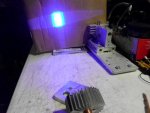
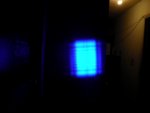
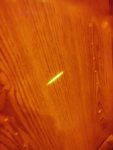
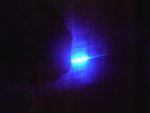
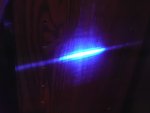
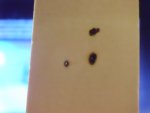
Well that's just craptastic...regarding the shape, I wonder if due to the correction that those diodes just need a different focal length collimating lens to achieve the correct far field geometry, do you have a G7 or G8 lens you could try? I'm thinking that, similar to a C-lens pair, that maybe the collimator just needs to be at a different distance so the correct amount of correction takes place before they collimate.Well the normal, that is without the added FAC but with a replacement window can and inert gas backfill diodes should be nice but this with FAC making a square output I just received at 1st testing appears to be no good for our " pretty beam " far field tight spot purposes, yes the raw output starts squareish but with a 3E lens the spot is as bad as ever at 5 meters as seen in my pic......It seems these FAC lens were designed for making these diodes more useful for home CNC so you get a square cutting/burning spot up close with a G2 which makes a much wider line at 5 meters, longer than without the FAC, without FAC a G2 line ay 5 meters would be 50mm but with it looks around 75mm +
View attachment 67587
View attachment 67588
3 Element @ 5 meters
View attachment 67590View attachment 67589
DTR G2 @ 5 meters
View attachment 67591
View attachment 67592
I used a 25mm bi convex lens and was able to focus to a tight spot/line @ 2 meters from about 75mm out but the beam ran from about 15-17mm wide to the point, not the beautiful beam we like for lightshows ect...also the beam strikes the lens square but focuses down unevenly becoming ( ribbon like ) and ending as a small line/spot
logsquared: Hmmm. Well its never gonna be square because the ratios of emitter size to divergence of the raw diode are too "uneven". But if you can't get a better beam/spot than an un-fac'd diode my guess is the FAC is making the astigmatism worse. Two cylinders, one for X an one for Y should fix it.
Am I to then assume FAC lenses are primarily used to square up the beam to allow it to be focused to a more uniform spot for burning and not for beam correction use with pointers?

